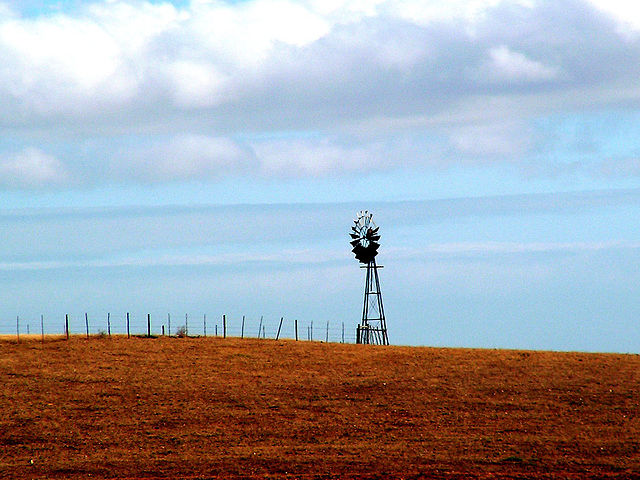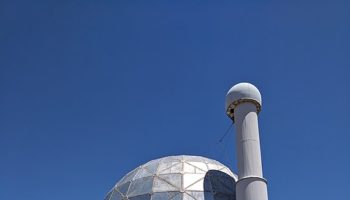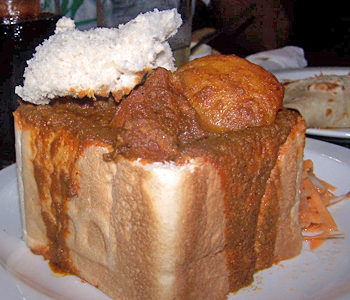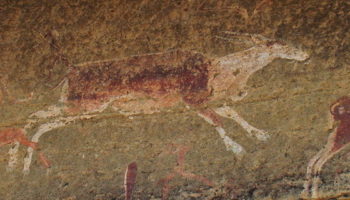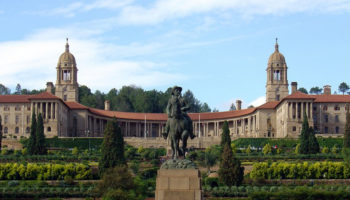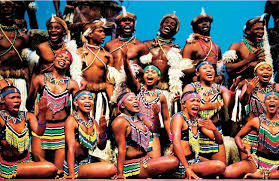Agriculture in South Africa contributes around 10% of formal employment, relatively low compared to other parts of Africa, as well as providing work for casual laborers and contributing around 2.6 percent of GDP for the nation. Due to the aridity of the land, only 13.5 percent can be used for crop production, and only 3 percent is considered high potential land.
According to FAOSTAT, South Africa is one of the world’s largest producers of: chicory roots (4th); grapefruit (4th); cereals (5th); green maize and maize (7th); castor oil seed (9th); pears (9th); sisal (10th); fibre crops (10th).[3] The dairy industry consists of around 4,300 milk producers providing employment for 60,000 farm workers and contributing to the livelihoods of around 40,000 others.
The South African government has set a target of transferring 30% of productive farmland to ‘previously disadvantaged’ blacks by 2014. Land reform has been criticised both by farmers’ groups and by landless workers, the latter alleging that the pace of change has not been fast enough, and the former alleging racist treatment and expressing concerns that a similar situation to Zimbabwe’s land reform policy may develop, a fear exacerbated by comments made by former deputy president Phumzile Mlambo-Ngcuka. On 27 February 2018, the National Assembly voted to set in motion a process to amend the Constitution so as to allow for the expropriation of land without compensation.
The government has been accused of either putting in too much effort, or not enough effort, to tackle the problem of farm attacks as opposed to other forms of violent crime.
Some predictions show surface water supply could decrease by 60% by the year 2070 in parts of the Western Cape. To reverse the damage caused by land mismanagement, the government has supported a scheme which promotes sustainable development and the use of natural resources. Maize production, which contributes to a 36% majority of the gross value of South Africa’s field crops, has also experienced negative effects due to climate change. The estimated value of loss, which takes into consideration scenarios with and without the carbon dioxide fertilization effect, ranges between tens and hundreds of millions of Rands

